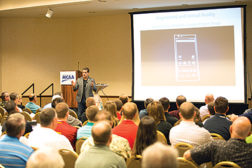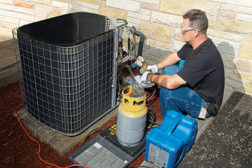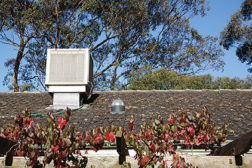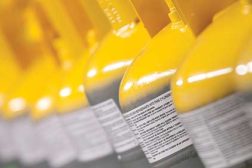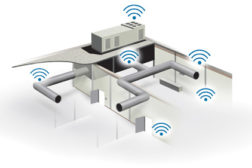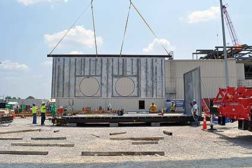HVAC Commercial Market
Mechanical Contractors Meet in Maui for Networking, Learning, and More
Read More
Contractors Key in Reclamation’s Future
Financial Benefits, Reclaimer Assistance, Secure Supply Keep the Process Attractive
Read More
Fighting through Stagnant Shoulder Seasons
Use the Time to Balance Maintenance Agreements, and Bolster Customer Relationships
Read More
Reclaimers Find Opportunity in HCFC Phaseout
Demand for Recovery Products, Services Likely to Grow
Read More
Refrigerant Recovery: Technology and Tips
The Right Tools and Advice from Experts Make This Essential Process Easy
Read More
CT ABC Honors NEMSI as Specialty Contractor of the Year
NEMSI also Recognized for 20 Years of Committed and Active Membership
April 6, 2015
Educators Learn, Network at Workshop
2015 Marks 20th Anniversary of HVACR & Mechanical Workshop for Education Professionals
Read More
How to Properly Measure Supply Plenum Temperature
A Step-by-step Guide for an Accurate Reading of Air Temperature
Read More
Contractor Training Critical to Geothermal Market Growth
As Market Revenues Increase, Contractors Must Be Properly Trained for Installations
Read More
Copyright ©2025. All Rights Reserved BNP Media.
Design, CMS, Hosting & Web Development :: ePublishing
